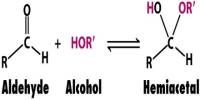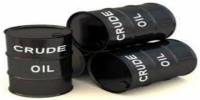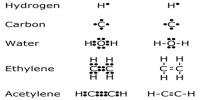Introduction
From the middle of the 19th century, out sole of footwear has been changed in materials. Leather has been the traditional soling material, after 1980 only about 5% of shoes have leather soles. These days, most of the soles are made of rubber or plastics, which are classified as synthetics.
So new types of soling needs new adhesion method or technique with different types of upper materials also they have different in bonding strength. The PVC is one of them that become a most popular soling.
So new types of soling needs new adhesion method or technique with different types of upper materials also they have different in bonding strength. The PVC is one of them that become a most popular soling.
AIM OF MY PROJECT WORK
- To analyze sole bonding of POLYVINYL CHLORIDE(pvc).
- To know which upper material is better for PVC sole.
- To increase the longibility of footwear.
- To make a quality assurance footwear
Properties of IDEAL SOLING material
- Low density (light weight for comfort).
- High elasticity (Soles must not spread especially in hot conditions).
- High resilience (for energy return).
- High flexibility (for comfort in walking).
- Good flex crack resistance, especially in cold condition.
- Good wet and dry slip resistance (for safety).
- Good abrasion (wear) resistance.
- Good water resistance (for comfort).
- Good shock absorption (to protect wearer from injury).
- Good ageing resistance.
















